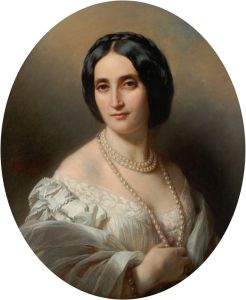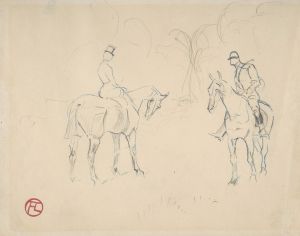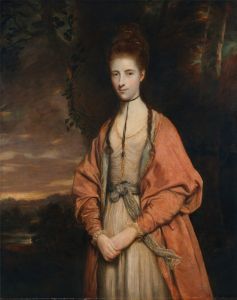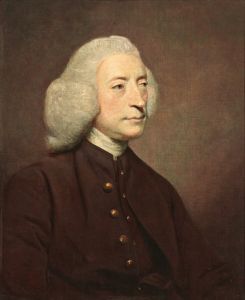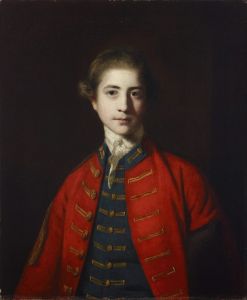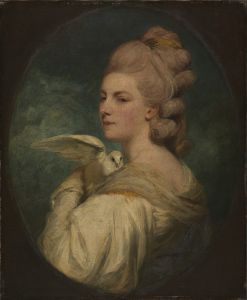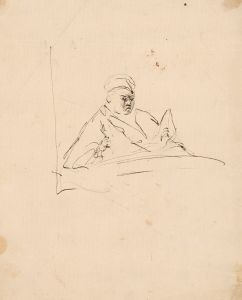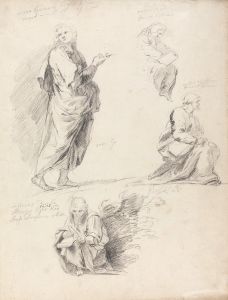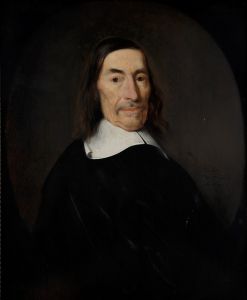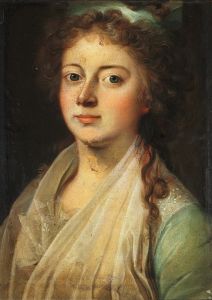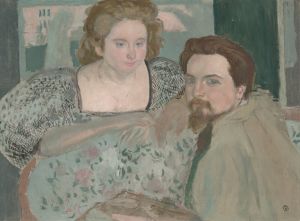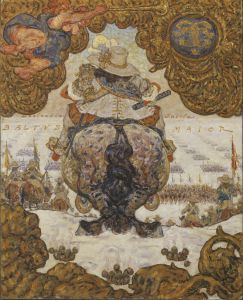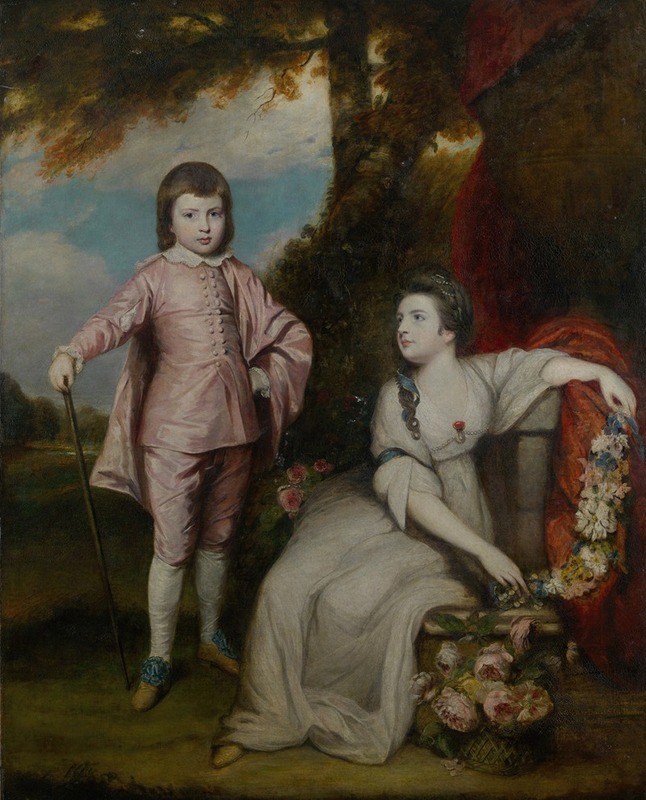
George Capel, Viscount Malden , and Lady Elizabeth Capel
A hand-painted replica of Sir Joshua Reynolds’s masterpiece George Capel, Viscount Malden , and Lady Elizabeth Capel, meticulously crafted by professional artists to capture the true essence of the original. Each piece is created with museum-quality canvas and rare mineral pigments, carefully painted by experienced artists with delicate brushstrokes and rich, layered colors to perfectly recreate the texture of the original artwork. Unlike machine-printed reproductions, this hand-painted version brings the painting to life, infused with the artist’s emotions and skill in every stroke. Whether for personal collection or home decoration, it instantly elevates the artistic atmosphere of any space.
The painting "George Capel, Viscount Malden, and Lady Elizabeth Capel" is a work by Sir Joshua Reynolds, one of the most prominent portrait painters of 18th-century Britain. This double portrait depicts George Capel, Viscount Malden, and his sister, Lady Elizabeth Capel, members of the British aristocracy. The artwork is believed to have been completed around the mid-18th century, during Reynolds's prolific career as a portraitist.
George Capel (1749–1819) was the eldest son of William Capel, 4th Earl of Essex, and Frances Hanbury-Williams. As the heir to the earldom, George held the courtesy title of Viscount Malden. He later succeeded his father as the 5th Earl of Essex in 1799. Lady Elizabeth Capel, his sister, was also a member of the Capel family, which was part of the British peerage. The Capel family had a long-standing history of political and social influence in Britain.
Sir Joshua Reynolds (1723–1792) was known for his ability to capture the character and status of his sitters, often employing classical and allegorical elements in his compositions. In this painting, Reynolds portrays the siblings in a manner that emphasizes their aristocratic heritage and familial bond. The style of the painting reflects Reynolds's mastery of light, color, and texture, which were hallmarks of his work.
The painting is an example of Reynolds's skill in group portraiture, a genre in which he excelled. The composition likely reflects the ideals of the time, with an emphasis on elegance, refinement, and the social standing of the sitters. The exact details of the setting and symbolism within the painting are not extensively documented, but the work is consistent with Reynolds's approach to portraying members of the British elite.
The current location of the painting is not definitively known, as it has not been widely exhibited or referenced in major collections. However, it remains a notable example of Reynolds's ability to depict familial relationships and the societal roles of his subjects.
This painting is one of many that demonstrate Reynolds's influence on British portraiture and his role in shaping the visual representation of the aristocracy during the Georgian era.





